Ferryland
The bus on a boat
One of the central conceits of the modern world is that we can make things happen. That we can reach into the world as if it were the proverbial watch and we the watchmaker and tinker to our heart’s delight. Perhaps more to point that we can make things happen as we want — that we can set things in motion and control the outcome of these things. This isn’t true of course. And, helpfully, all of existence is here to disabuse us of this wayward belief.
Say for instance you want to get to Ocracoke island. It seems simple enough. You drive down highway 12, hop on a ferry, and you’re there. Sometimes it is that easy I suppose. Doesn’t have to be though.
Ocracoke is one of the most remote places on the east coast. It is isolated. So much so that there is a dialect of English spoken nowhere else on earth but here, and it came to exist precisely because this island is so isolated. There are no bridges to here. It is a small place. Every resident of this island knows every other resident by name. I’m pretty sure there are no doctors on the island. There is only one grocery store.
Still, the map says all you have to do is drive down highway 12 and make it happen.
In the bus the weather dictates our days as often as not. When it’s sunny we’re out and about, when it rains we’re out and about, but wet. Still, despite our relative exposure to, and limitations of, weather, to be honest I didn’t give getting to Ocracoke much thought. We got up early, ate some breakfast and headed for the ferry. To make it happen.
The bus was running well and everything seemed to be going smoothly. If you’d asked me if I was going to make it happen I’d have probably looked at you funny because that’s not really how I think of it, but yet, I suppose that’s what I was going to do. Right up until I pulled into the ferry entrance area. A ferry worker was standing there to inform everyone that a barge had hit a sand bar and was stuck, blocking the ferry. I leaned out and asked how long it might take to free it and all he said was, well, it got stuck at high tide.
A bunch of optimists had already pulled into the ferry queue, but I didn’t want to get the bus stuck in line so we pulled past and contemplated what to do. Just beyond the ferry area is a museum called the Graveyard of the Atlantic that’d we’d been meaning to check out, so we decided we’d do that and see what the status of the ferry was afterward.
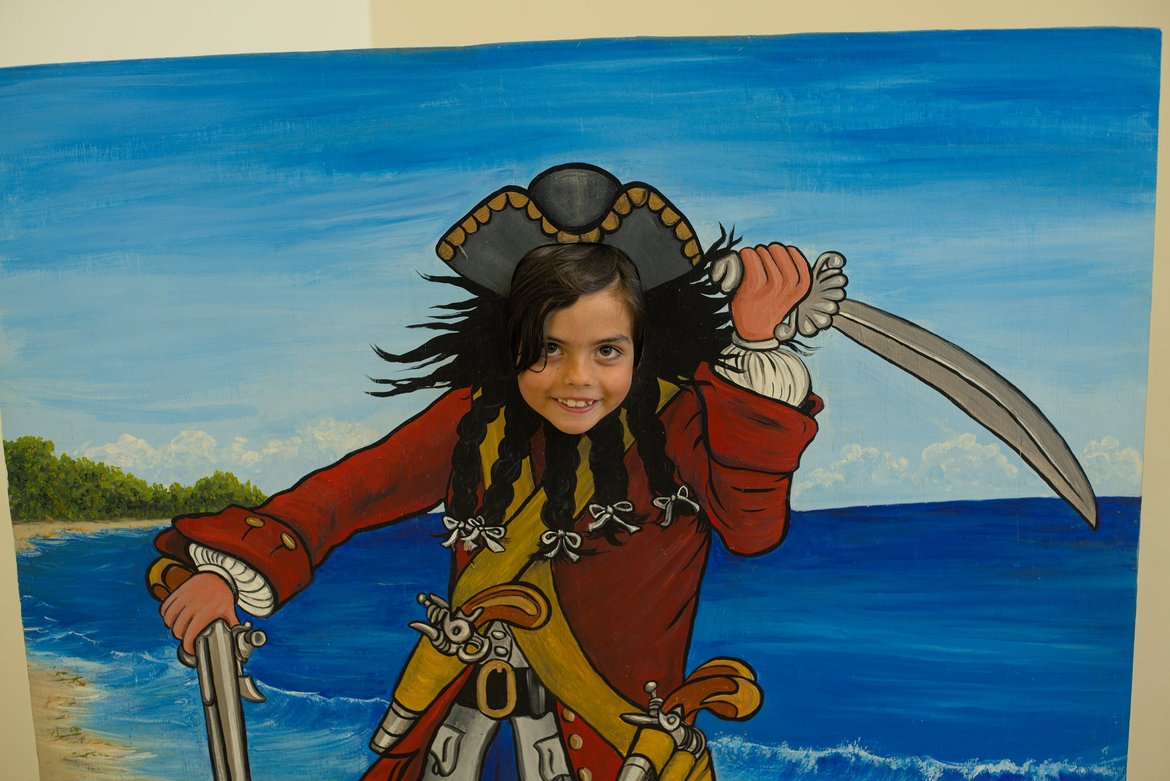
The museum was something of a bust. I think we might have spent 20 minutes wandering around, but there wasn’t much to hold the kids attention beyond a few interesting artifacts that have washed up here over the years. It was one of those museums, and we’ve run across a few, that seems to think its subject matter is inherently interesting enough that it doesn’t need to bother with pesky details like storytelling. If you want to learn more about seafaring in these parts, check out the maritime museum in Beaufort, or any of the lifesaving station monuments along the Outer Banks, both are much better.
Back outside a quick glance over at the docks told us the ferries still weren’t running. Well, one nice thing about the Outer Banks is you’re rarely more than 100 feet from the beach. I took the kids down to the shore for a bit while Corrinne did some research and tried to figure out the odds the ferries would start up again that day.
For most of the history of this ferry it was a short, fifteen minute trip from the end of Hatteras straight across to the end of Ocracoke. That changed in 2006 with hurricane Sandy, which chopped off the end of Hatteras. Nature, now nature can make things happen. Thought there was island there did you? Watch this.
The missing chunk of island wasn’t a big deal at first, there was a slightly longer ride along the same route, but little changed. However, over time all the sand that used to be at the end of Hatteras has been migrating west, filling in and creating shoals all around the cut between Hatteras and Ocracoke. Now, to get through requires an hour long circuitous route, picking and dodging through the ever-shifting shoals.
We kept an eye on the NCDOT website and just after lunch we got word that a ferry coming the other direction was now also stuck on the sand near the barge. Things were piling up. At that point we figured we were not going to make it happen. We headed back up the island to the other campground to get a site for the night and try again the next day. The Cape Point campground was uninspiring, a grassy, bug-filled field. I drove through twice before we settled on a site that seemed a little drier than the rest. I put the chocks under the wheels and was about to get everything set up when I decided to call the ferry office one last time. Maybe we could still make it happen.
It turned out that shortly after we’d given up, the coast guard had showed up and managed to free the stuck ferry and move the barge enough out of the way. The ferry was open again. We jumped back in the bus and headed down to get in line. And quite a line it was, we waited a couple hours before they put us on. By this point though no one waiting on the ferry had any sense of making anything happen. It was pretty clear that we were at the whim of nature. Maybe it would happen, maybe it wouldn’t. Either way, it would happen on a schedule we had no control over. We bought a big bag of chips at the store and sat back and waited.

We’d never put the bus on a ferry before, or at least not one this big (we did take a small ferry ride in Louisiana once) so I wasn’t quite sure what to expect once we finally got on. It turned out to be a nice smooth ride. There was one moment when we hit bottom, but we never got hung up.
It was nearly dark by the time we “made it” to the campground on Ocracoke. We were all tired, but there was also a great feeling of accomplishment, of having gotten somewhere, not exactly how we’d wanted, but perhaps how we needed. Somewhere between will and hanging on for survival is where I think adventures, however small, happen. The collision of will and world and then navigating resulting currents and winds by faith, and some degree of grace, literally and figuratively, is the best way to travel the world.
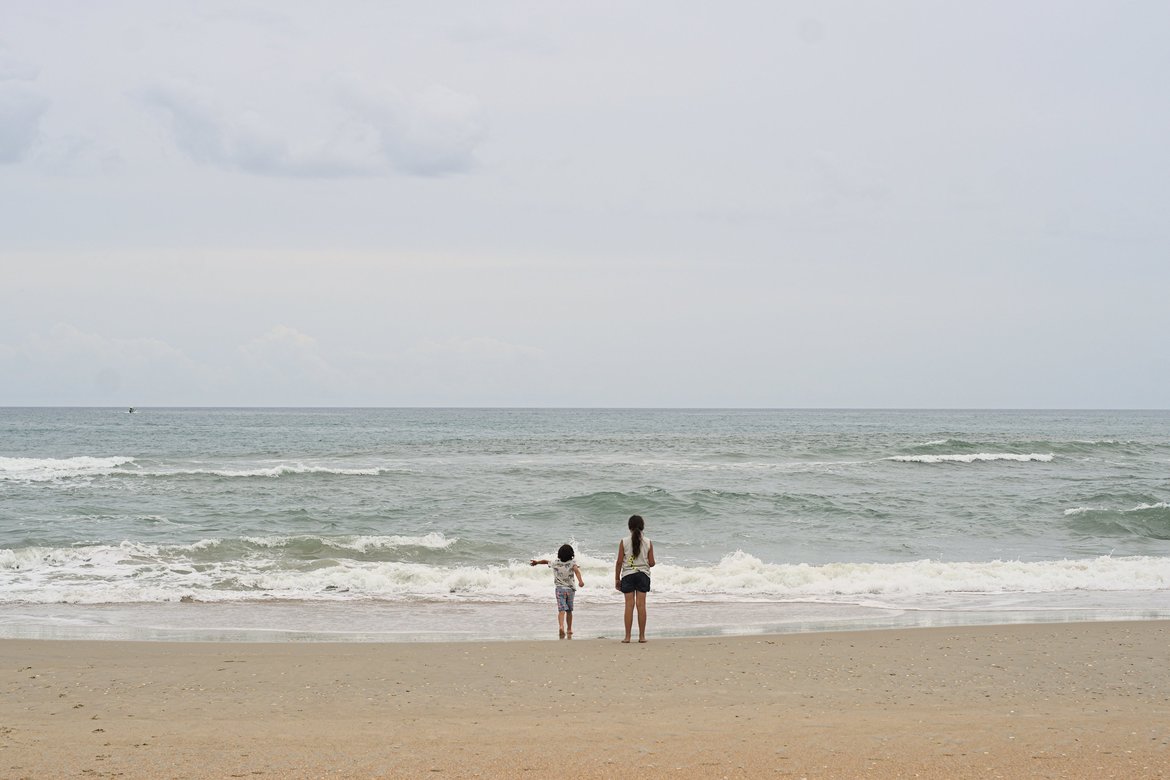
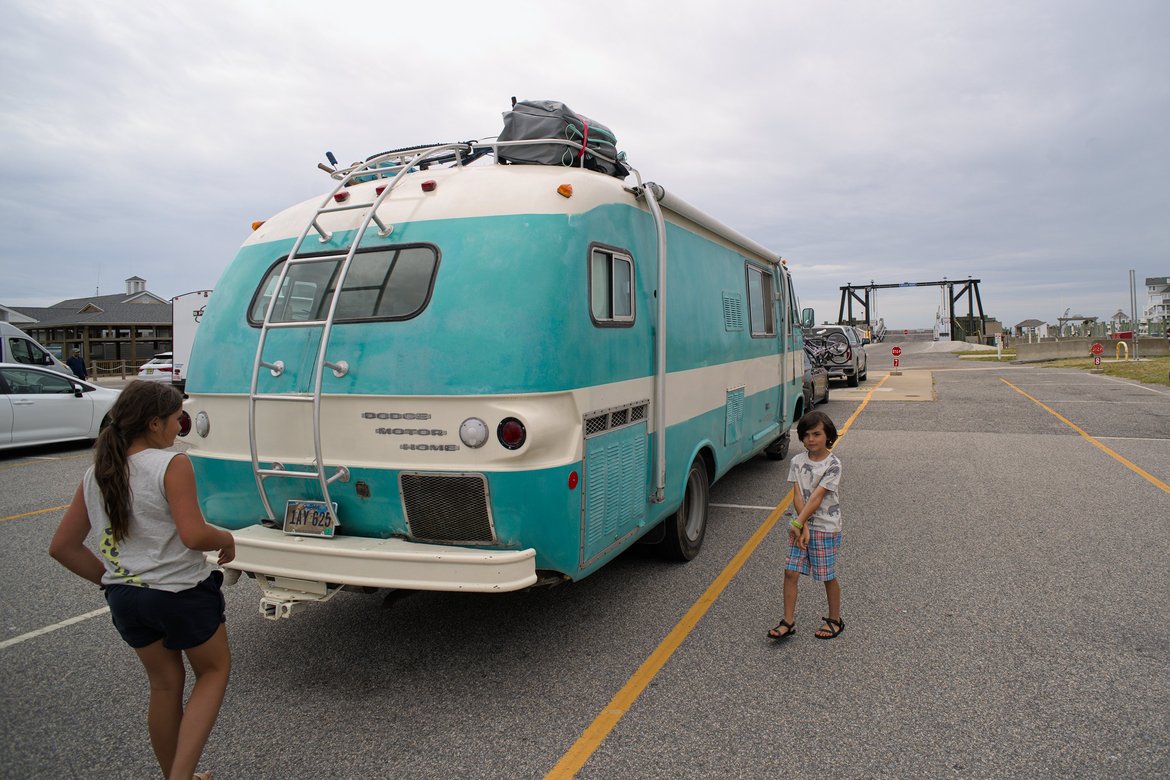
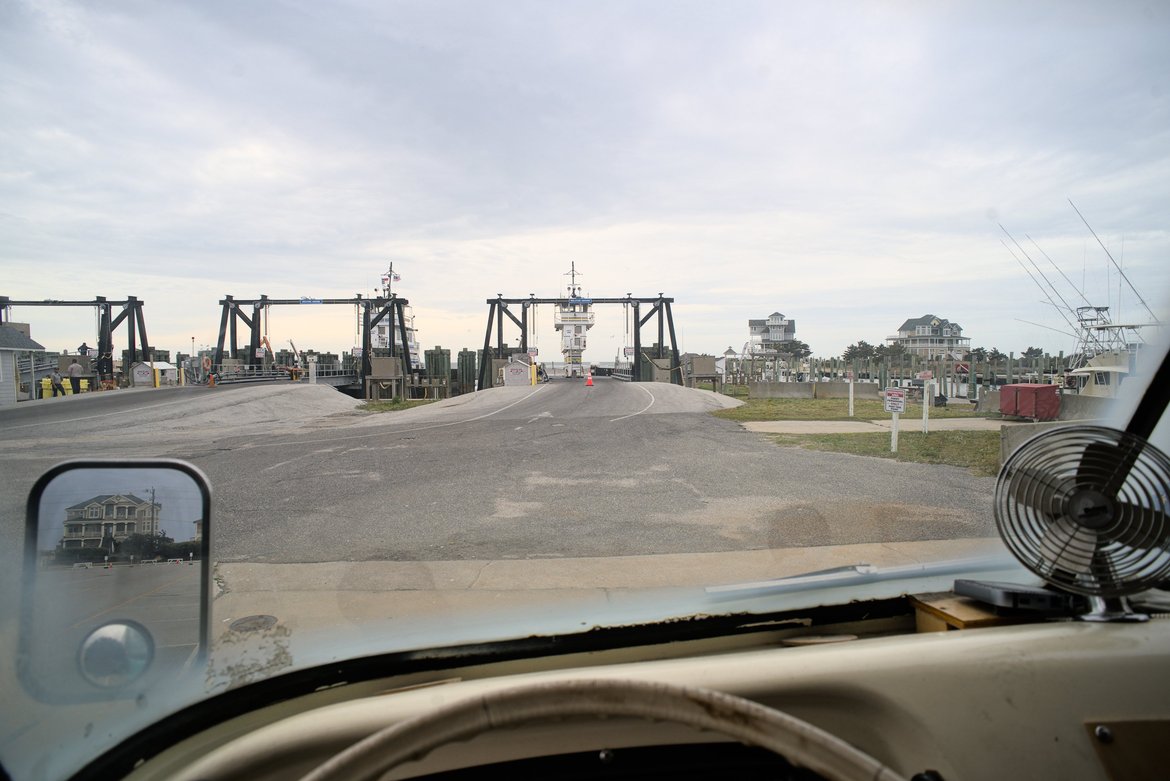
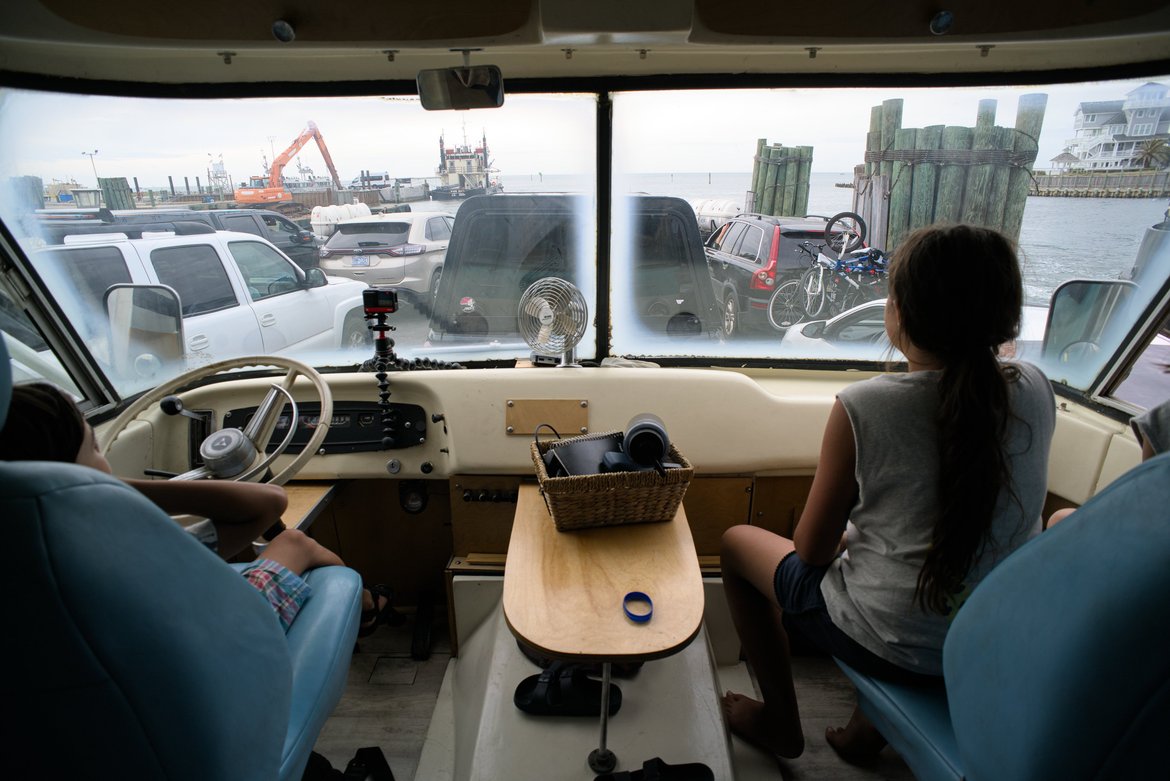
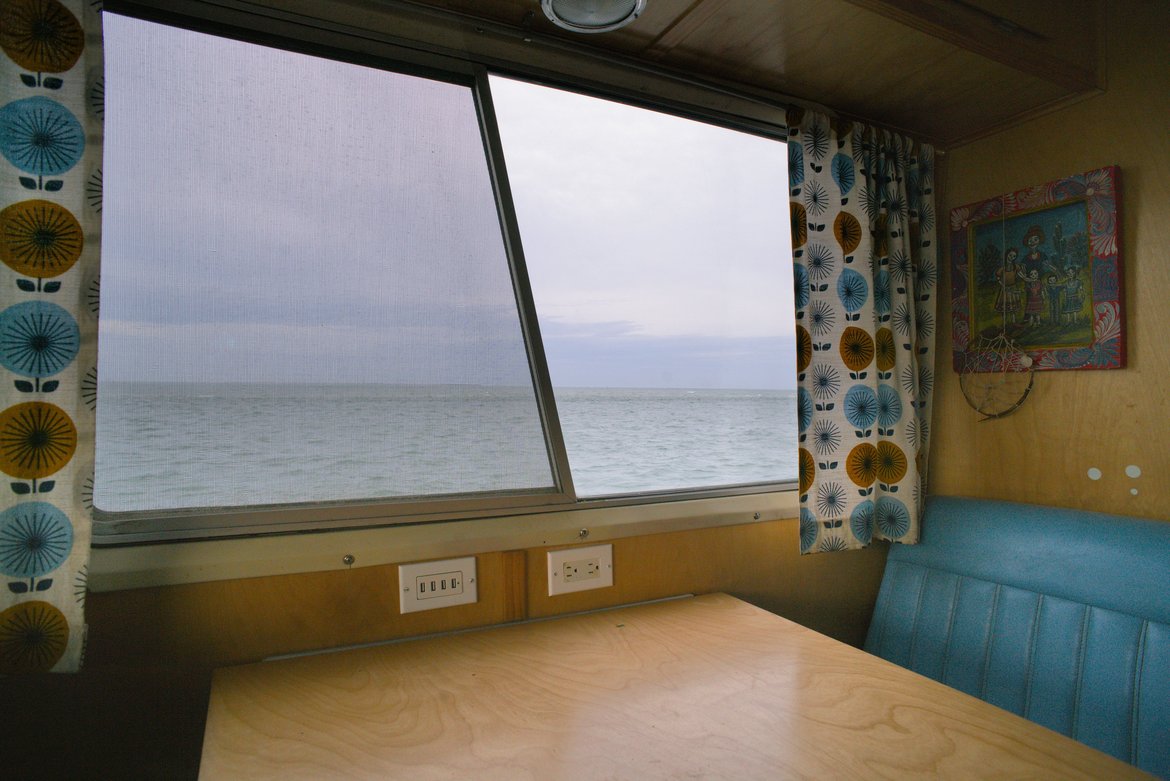
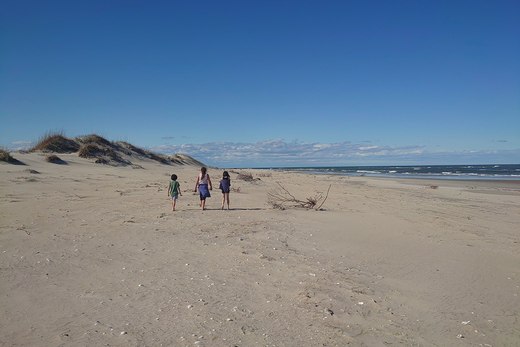
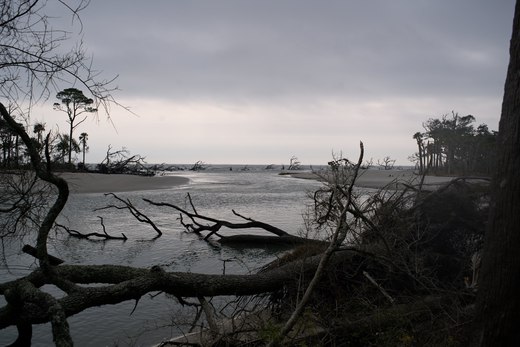
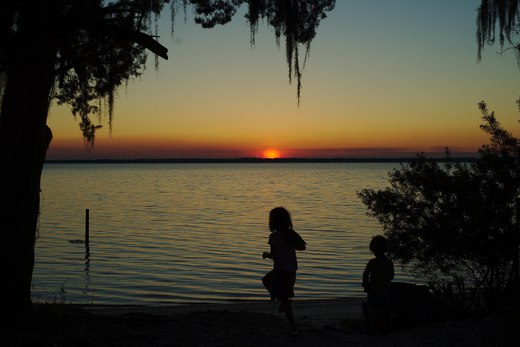
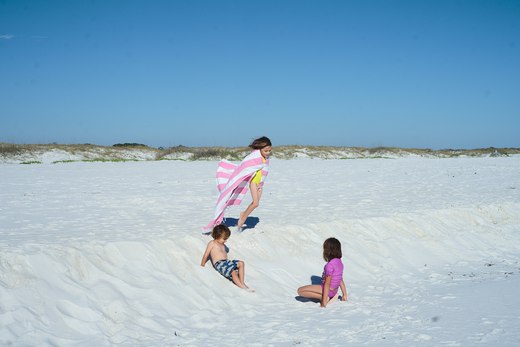
4 Comments
It thrills me to no end that you are still traveling the world in the Travco we sold you a million years ago. “She” has seen more of the world than I have and I love it. Thank you for continuing to tell her stories.
@Denise-
Thanks for stopping by! We’re glad you’re still following along.
Completely enjoyed this tale of the unplanned scenarios. You are so right, not all is in our control and when we give in to the circumstances and enable a little creativity, amazing things can happen!
Rose and I just returned from hiking in western Ireland and more than once our neatly detailed plans blew up. We rolled with it. Fun stuff happened and we have unplanned memories to savor.
I love the journey you guys are on!
@Bob-
Hope you enjoyed Ireland, that’s awesome. I’ve Always wanted to go. Changed planes in Dublin once, but that’s the closest I’ve come so far.
Anyway, happy to have you following along with us!
Thoughts?
Please leave a reply:
All comments are moderated, so you won’t see it right away. And please remember Kurt Vonnegut's rule: “god damn it, you’ve got to be kind.” You can use Markdown or HTML to format your comments. The allowed tags are
<b>, <i>, <em>, <strong>, <a>. To create a new paragraph hit return twice.